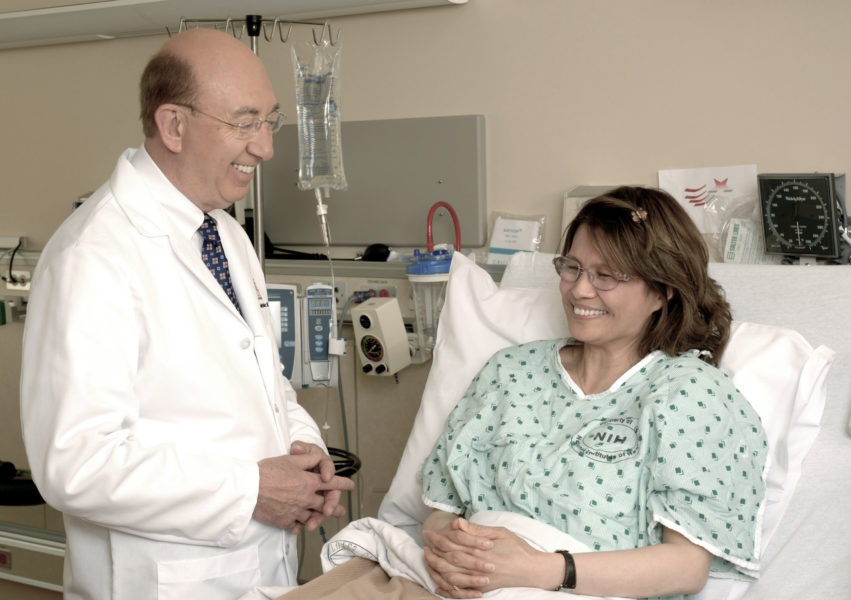
Light represents the most appropriate external force for the body’s internal clock. Light resets our internal rhythms and has acute effects on our functioning including improved alertness, cognitive performance, mood and sleep. Because of this, light has also been explored in patient populations.
Patients exposed to inadequate levels of light
There is evidence to suggest that access to good light is rather limited in care homes and hospitals. One study reported that the lighting conditions of the nursing homes in the Netherlands were below the optimal levels.
In contrast, studies report that ICUs have higher than recommended light levels. High levels of light negatively correlated with the patient’s quality of sleep and could also interfere with recovery times. Patients also felt the impact of light on their sleep and levels of anxiety.
Light and patient recovery times
A study examined a large medical database. It found that patients exhibited a shortened length of hospital stay with their beds closer to the windows compared to those with their beds next to the door. The authors postulated that this could be due to the presence of natural light. These findings would indeed have large implications: from greater recovery times to economic considerations.
Although there is some evidence emerging of how light could be used in treatment and recovery protocols, there is still much more to be learned. Light should never be taken for granted, but utilised in the most efficient way for our health and wellbeing.
Learn more about the science behind light and circadian rhythms.